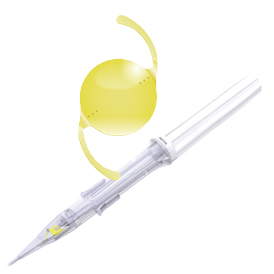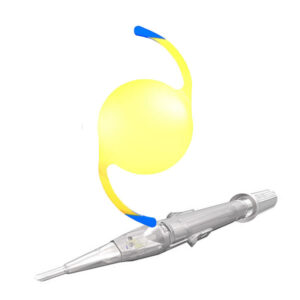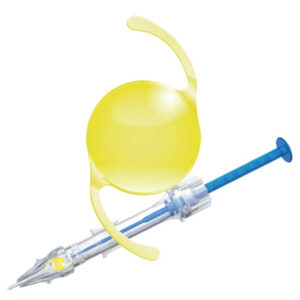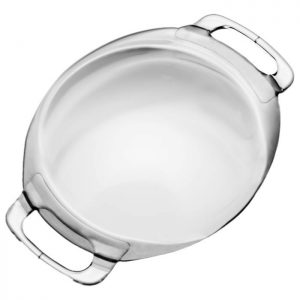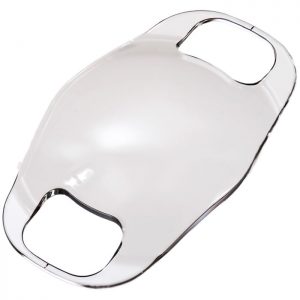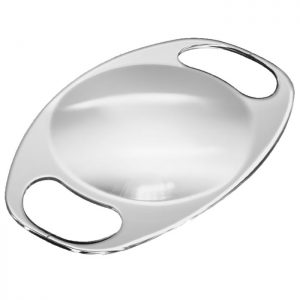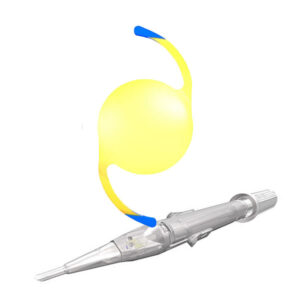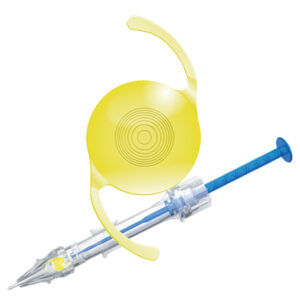LIO em material hidrofóbico livre de glistening1,2
Desenho óptico asférico patenteado para uma melhor qualidade de imagem3
Processo de tratamento de oxigênio ativo, proporcionando uma superfície lisa, com borda quadrada para redução da PCO 2,4,6,7,8,9,10
Rotação média de 1.1° (intervalo: 0,0° -5.0°)
100% das lentes (n=103) tiveram uma rotação ≤5° a partir do seu eixo inicial, durante todas as consultas pós operatórias, 1hora, 1 semana, 1 mês e 6 meses
Para mais informações visite: https://adaptltda.com.br/hoya/vivinex-toric/
Referência:
1.Tandogan, T. et al. (2021): In-vitro glistening formation in six different foldable hydrophobic intraocular lenses. In BMC Ophthalmol 21, 126.
2. HOYA data on file. DoF-CTM-21-002, HOYA Medical Singapore Pte. Ltd,
3. Pérez-Merino, P.; Marcos, S. (2018): Effect of intraocular lens decentration on image quality tested in a custom model eye. In: Journal of cataract and refractive surgery 44 (7), p. 889–896.
4. Leydolt, C. et al. (2020): Posterior capsule opacification with two hydrophobic acrylic intraocular lenses: 3-year results of a randomized trial. In: American journal of ophthalmology 217 (9), p. 224-231.
5. Giacinto, C. et al. (2019): Surface properties of commercially available hydrophobic acrylic intraocular lenses: Comparative study. In: Journal of cataract and refractive surgery 45 (9), p. 1330–1334.
6. Werner, L. et al. (2019): Evaluation of clarity characteristics in a new hydrophobic acrylic IOL in comparison to commercially available IOLs. In: Journal of cataract and refractive surgery 45 (10), p. 1490–1497.
7. Nanavaty, M. et al. (2019): Edge profile of commercially available square-edged intraocular lenses: Part 2. In: Journal of cataract and refractive surgery 45 (6), p. 847–853.
8. Matsushima, H. et al. (2006): Active oxygen processing for acrylic intraocular lenses to prevent posterior capsule opacification. In: Journal of cataract and refractive surgery 32 (6), p. 1035–1040.
9. Farukhi, A. et al. (2015): Evaluation of uveal and capsule biocompatibility of a single-piece hydrophobic acrylic intraocular lens with ultraviolet-ozone treatment on the posterior surface. In: Journal of cataract and refractive surgery 41 (5), p. 1081–1087.
10. Eldred, J. et al. (2019): An In Vitro Human Lens Capsular Bag Model Adopting a Graded Culture Regime to Assess Putative Impact of IOLs on PCO Formation. In: Investigative ophthalmology & visual science 60 (1), p. 113–122.
11. Schartmüller, D. et al. (2019):True rotational stability of a single-piece hydrophobic intraocular lens. In: The British journal of ophthalmology 103 (2), p. 186–190.
12. At IOL plane.
13. Based on an average pseudophakic human eye.
